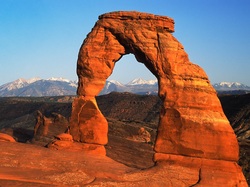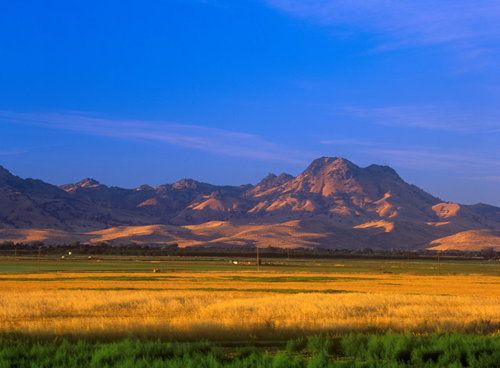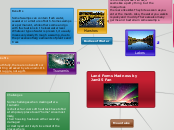Land Forms Madness by Jam35 Fan

Bodies of Water

Tsunamis
Challenges
Some challenges when dealing after a tsunami
is shelter. Survivors of the attack have to find
a temporary place to call "home" since most likely,
their housing has been either severely damaged
or destroyed entirely. Since most of the places where
tsunami attacks happen are near the coastline, the
people stroked by the tsunami are usually very poor.
Therefore, the rebuilding process will take a longer time
since the employment and workers there are low, and
some people can't afford the resources provided.
Benefits
Truthfully, there are no benefits or
getting attacked by a tsunami. It's
a struggle, not a gift.
_-_Fayetteville_NY.jpg)
Lakes
Challenges
For us humans, there are not many
challenges that face us. If we want to
get across this lake and go on the other
side, we can simply canoe, motorboat,
or just walk around the perimeter to your
destination. But for plants and animals, it
may be difficult. Tress growing along the
perimeter of the lake gain more nutrients from
their roots because of the water. While other
trees have almost no water and rely on rainfall.
Benefits
Some benefits of living near a lake or just simply enjoying the great outdoors near a lake is that the lake provides clean water. Also, you can fish for food. You can canoe across the river and or some rafting. For animals, bears can easily gain access to fish meat
to stop that growling stomach. The reproduction of frogs and other species also produce there.

Marshes
Benefits
Some Swamps can contain fresh water, seawater or a mixture of both. Some swamps are permanent, while others come and go with fluctuations in the local water level. Whatever type of water is present, it usually moves very slowly through a swamp, due to the presence of large amounts of plants and trees
Challenges
Some of the challenges of being in a marsh is the mosquitoes. I know, it
seems like a petty thing but the mosquitoes
there are like killer. They bite as soon as you enter the marsh. Also, the water you walk in is yucky and muddy. There are also many germs and bacteria in some swamps.
Valleys

Glacier Valleys
A Glacier Valley is a stream valley that has been glaciated, usually to a typical catenary, or U-shaped, cross section. U-shaped valleys occur in many parts of the world and are characteristic features of mountain glaciation. These glacial troughs may be several thousand feet deep and tens of miles long.
Mountains

Volcanic Mountains
At first, it may seem odd that people actually live near volcanoes. After all, everyone knows that they can ERUPT! and lava comes spewing everywhere. In other words, lava can kill people or cause serious burn injuries. They chose to live close to volcanoes because they felt that the advantages outweighed the disadvantages. Most volcanoes are perfectly safe for long periods in between eruptions, and those that do erupt more frequently are usually thought of, by the people who live there, as being predictable.
Today, about 500 million people live on or close to volcanoes. We even have major cities close to active volcanoes. Popocatapetl is a volcanic mountain less than 50 miles from Mexico City in Mexico.
To summarize, the main things that attract people to live near active volcanoes are minerals, geothermal energy, fertile soils and tourism.

Land Formations

Butte
A butte is an isolated mountain top, with steep hills at the sides running down the slopes, and a flat top surface on the peak of the mountain. The Sutter Buttes are just outside of Sacramento City, California. The Sutter Buttes are sometimes referred to as the world's smallest mountain range.
